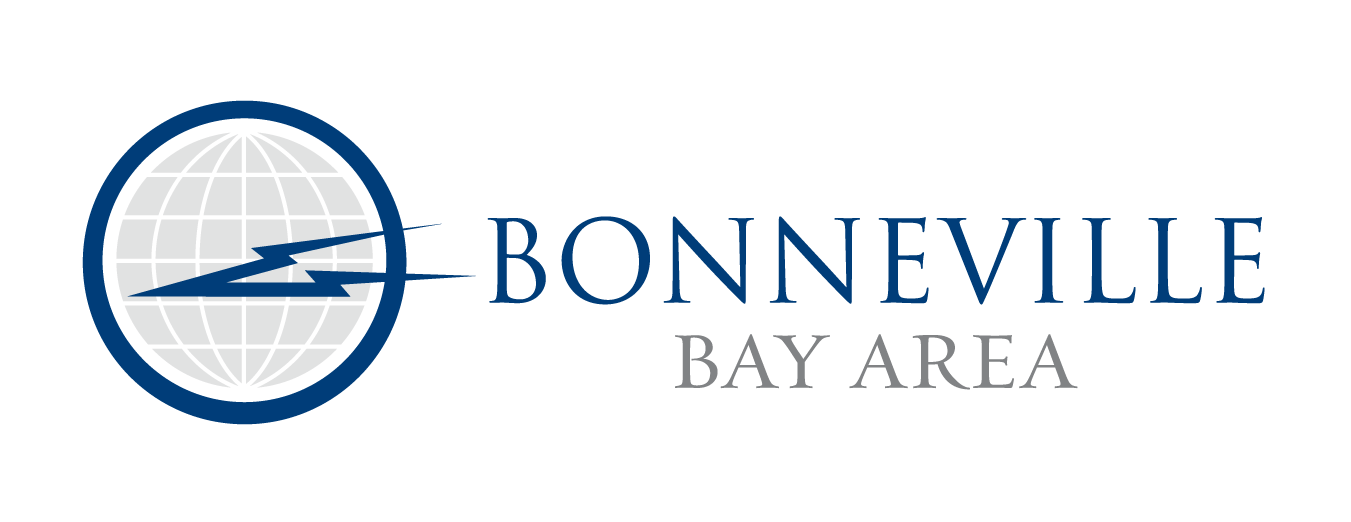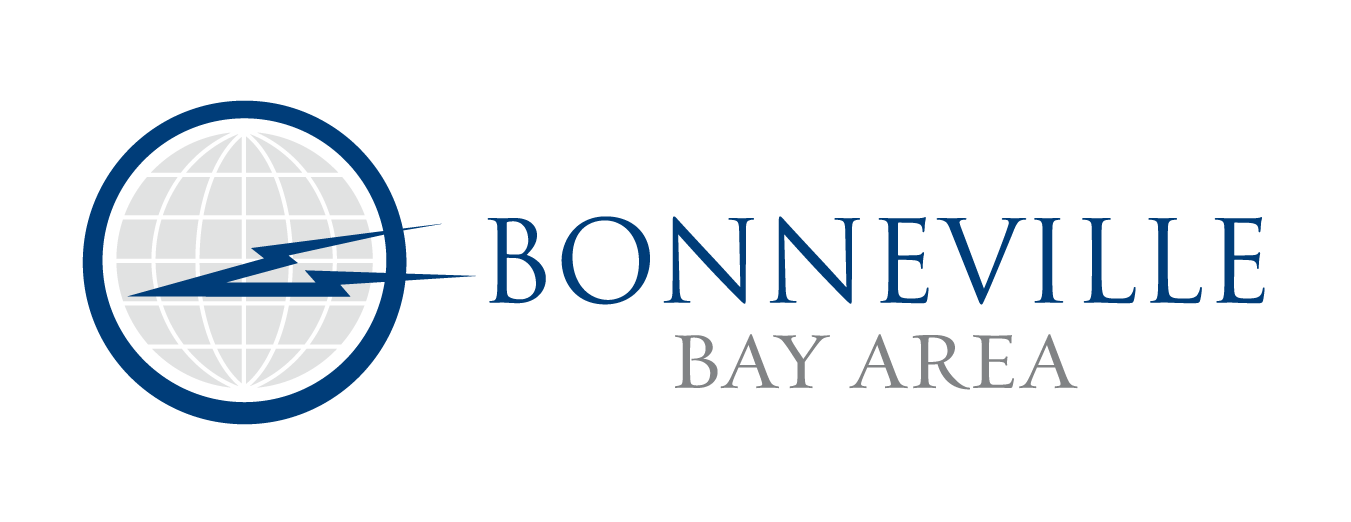
When selling products or services, one of the best ways to learn how to develop a strong marketing campaign and maximize sales is to understand the buyer's journey. This journey is essentially a kind of framework that follows the customer's progression from a curious visitor on your site to an eager buyer by researching problems and solutions until they decide to buy.
To emphasize the importance of addressing the buyer's journey, a CSO Insights report found that 70 percent of buyers won't contact a sales rep until they've fully defined their specific needs. Almost half (44.2%) wouldn’t contact a sales rep until they also had identified the solution to meet their needs.
This means your marketing efforts should address every step of your customers' buying journey, starting with the initial educational stage when they're simply learning about the problems they face. Once customers have turned to you for information, you can begin leading them along with content that helps them make favorable brand decisions until they're ready to contact you or make a purchase.
This process can be time-consuming and require additional effort, but it will pay off in the end as you increase sales and improve ROI. The following steps can help you learn more about your customers' buying journey from the initial interaction to conversion.
Take the Journey Yourself
You can effectively see things from the customer's point of view if you step into their shoes and determine how they would find the product or service you offer. Record any means of discovery you come across on your journey, be it organic search engine results, blogs that provide you with more information, or other means of learning about problems and their solutions.
Follow the entire journey from the awareness stage, when customers are just learning about their challenges and the potential ways to solve them. After this stage, you'll enter the consideration stage that entails looking around for the right solution. The final phase is the decision stage; when the customer is ready to choose the company they'll trust to provide that solution.
Learn from Current Customers
You can also gain insight into individual buyer’s journeys by interviewing existing customers about the process they used to look for your products and how they came across your brand. Try not to be too specific, though—ask more open-ended questions, which may lead to some unexpected answers. This input can provide you with invaluable insights that can help to improve your marketing efforts.
Follow Your Competitors' Sales Funnels
To further understand your audience, do research on your competitors and follow their ' sales funnels. You can begin by looking your competitor’s touchpoints near the top of the funnel (TOFU) during the awareness stage, the middle of the funnel (MOFU) when customers reach the consideration stage and end with the bottom of the funnel (BOFU), which is where customers make their buying decisions.
Based on what's working for your competitors, you can reverse-engineer these touchpoints and apply these strategies to your campaigns.
Informal Polls
When you have collected enough information to narrow down potential paths for your company's customer journey, you can begin surveying your audience to gain more direct insight into their preferences. Create polls that you can give to the general populace to determine their specific preferences when it comes to the buyer's journey. How do people like to go about looking for products? What are they looking for in the ideal provider of the solutions they need? With the help of a poll, you can get answers to these and many other questions to optimize the buyer's journey from the top to the bottom of the sales funnel.
Analyze Your Target Audience
Based on what you learn about the buyer's journey, either create or update your target audience. Include aspects such as demographics, age ranges, gender, lifestyle, and other attributes that might help you build buyer personas that profile different people in your audience. You can use your audience’s information to create a hypothetical buyer's journey that your customers would naturally take, which might be different from person to person, depending on their preferences.
Experiment with Multiple Strategies to Improve the Buyer's Journey
Using all five of these strategies can help you learn more about your prospects' experiences during the buyer's journey. If you take the time to focus on how your audience interacts with your brand at every touchpoint, you can streamline the sales funnel. For instance, if your audience wants to learn more about a problem they're facing, you can create a content strategy that includes blog posts that serve to educate the audience. From there, the visitor might consider a possible solution that you can address by sending them additional information about the solutions you offer, either on your website or through an e-newsletter subscription. In the process, you can convince prospects that you're the provider they can trust. Once they're ready to make a purchase, you can direct prospects to your product, service, or contact pages, where they'll be more likely to get in touch or make a purchase.
With an efficient and reliable strategy in place, you can effectively lead people from the beginning to the end of the buyer's journey, increasing trust among your audience and, ultimately, sales.




